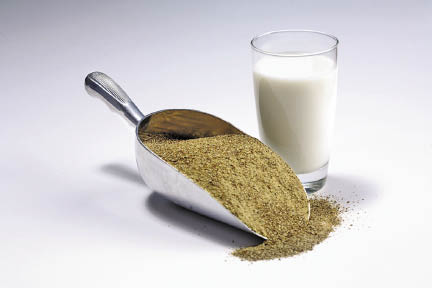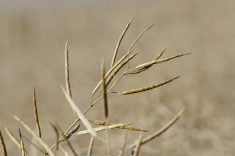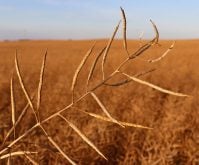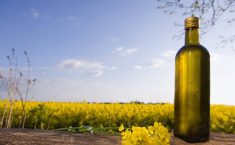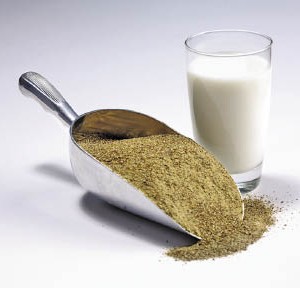 The Chinese have 7.2 million reasons to switch their dairy cows to canola meal from other protein rations.
The Chinese have 7.2 million reasons to switch their dairy cows to canola meal from other protein rations.
That’s how many more litres of milk their 12 million cows would produce every day based on a year-long joint Sino-Canadian study conducted by Chinese academics, in co-operation with China’s five largest dairy companies.
Read Also
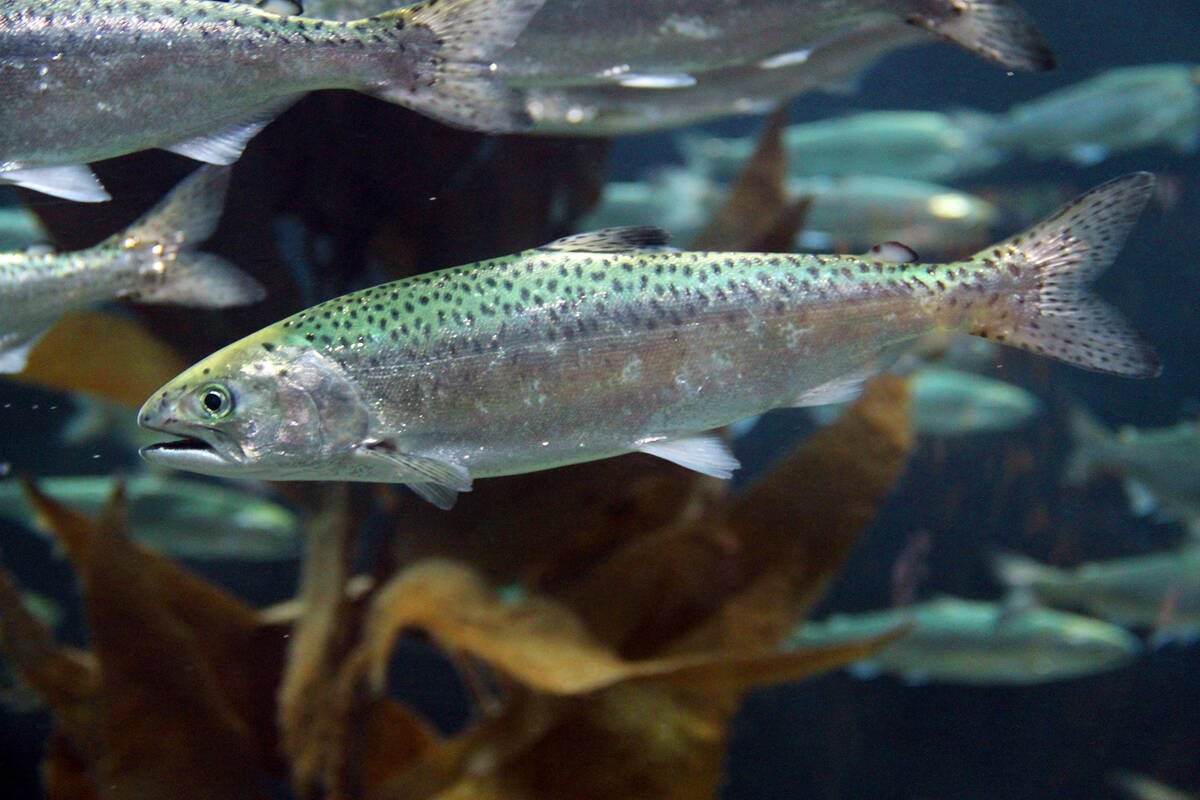
Canadian aquaculture wants farming treatment
Canada’s fish farms want to switch federal portfolios to be under Agriculture and Agri-Food Canada’s eye rather than Fisheries and Oceans Canada’s thumb and be able to grow production.
“Canola meal has now proven its value as a feed product in Chinese dairies, opening the door for China’s milk industry to enhance quality and increase production without significantly increasing cost,” Canola Council of Canada president Patti Miller said in a news release from Beijing June 14.
The results are timely given the growing demand for dairy products in the world’s most populated country and concerns about milk quality.
The study, which compared Canadian canola meal against the dairies’ usual protein rations of either soymeal or cottonseed meal, showed the cows fed canola meal produced, on average, 0.6 more litres of milk per cow, per day, Bruce Jowett, the canola council’s vice-president of market development said in an interview.
“We want to show them if you’re going to import the seed not only are you getting great benefit in the oil that you’re extracting… but you’ve also got this meal that has got a lot of value for your dairy industry,” Jowett said.
The fact that the study was done by Chinese dairymen and a Chinese university with their own animals, in their own country adds credibility to the study, which is consistent with ones done elsewhere, he said.
“Now that they see it my hope is that they’ll say ‘how do we ensure that we can get more Canadian canola meal into our rations?’”
China is still restricting Canadian canola imports over concerns the seed could spread blackleg, a fungal disease, to its rapeseed crops. However, gradually more Chinese crushing plants are being allowed to import Canadian canola.
“We continue to work through the science,” Agriculture Minister Gerry Ritz told reporters during a teleconference from China where he was on a trade mission. “They’ve had a number of delegations to Canada and we have also worked with them here. They are opening up more for us. The new crush facility that is available to Canadian canola is in the rapeseed-growing area at the Delta of the Yangtze, which is extremely important to us. It gets it closer into the area we’re looking to serve. So that’s a big step for the Chinese government.”
There’s no word for “canola” in Mandarin so the Chinese refer to it as rapeseed, which is high in erucic acid and glucosinolates and are undesirable in the oil and meal, respectively. The council is pushing the distinction between the two.
The council is also promoting canola oil in China by doing taste tests.
“They really like the clean, light taste of it (canola),” Jowett said.
China has 1.3 billion people, the most of any country. And its middle class continues to grow, which means more disposable income for an improved diet.
Despite concerns over blackleg, in 2012 China imported a record $3.1 billion of Canadian canola seed, meal and oil.
Most of the sales were for seed — 1.3 million tonnes versus 586,000 tonnes of meal.
However, canola exports to China swing wildly year to year. For example, in 2011 China imported $1.5 billion worth of Canadian canola products — half as much as 2012.


